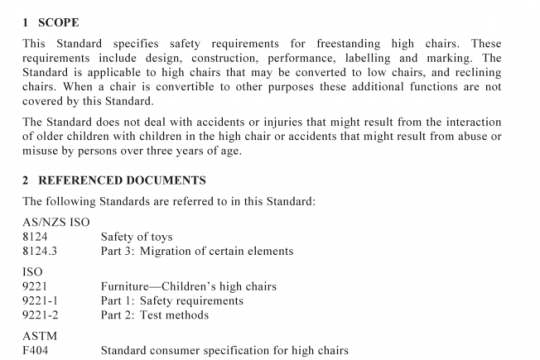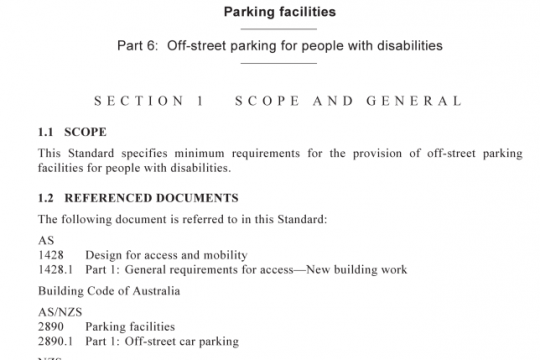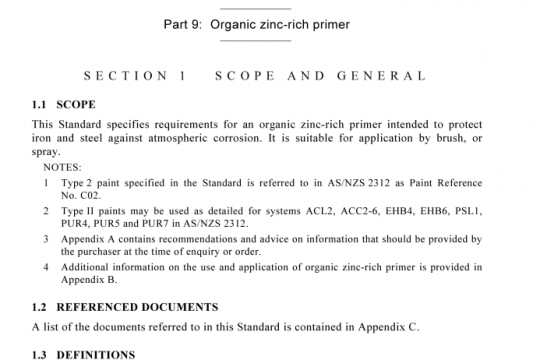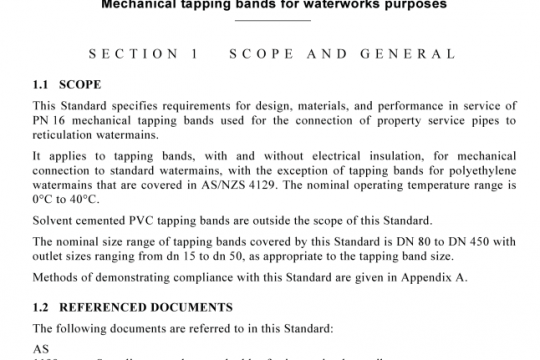AS ISO 18935:2019 pdf free
AS ISO 18935:2019 pdf free.Imaging materials一Colour images一Determination of water resistance of printed colour images
Water resistance is the ability of a print to resist water damage which may manifest itself in a number of ways, such as migration of colorants; changes in the size and/or optical density of image elements;degradation of the image layer, as well as cockle, curl or loss of gloss. The water resistance of prints made by current methods varies considerably. For example, some ink-jet prints sustain no observable damage when the surface is rubbed immediately after water has been poured over the image. While others that do not show any water damage after soaking for hours, lose a portion of their image layer if it is wiped off before drying.
For dye-based inkjet, water resistance of many systems is dependent on three interdependent variables:ink absorption, coating solubility, and effectiveness of mordant[1]. For other systems where the ink is not absorbed into the substrate, water resistance is dependent on adhesion of the colorant to the substrate. In both cases, water-resistant laminates will improve water resistance.
Extensive tests have shown that full characterization of water resistance requires several different methods. Many attempts were made to quantify the test data generated by these methods in interlaboratory comparison, but none were successful. It is likely that within a given laboratory, the tests described in this document are sufficiently reproducible to yield statistically reliable data. However,this is not enough to adopt fixed evaluation criteria. For these reasons, qualitative analysis of the test results is prescribed. This entails grouping of the results obtained from different print materials into water-resistant (no change) or not water-resistant categories. An intermediate level of moderate water resistance is also recognized, although its boundaries cannot be determined exactly.
This document requires the use of deionized or distilled water for all of the tests. The pH of this water is not controlled (unless it is certified, which will be at pH 7) but pH will have little effect on the tests. This is because any water-soluble components in the media coating will dissolve into the water and rapidly change the pH. The final value of this will depend on the media used.AS ISO 18935 pdf free download.




